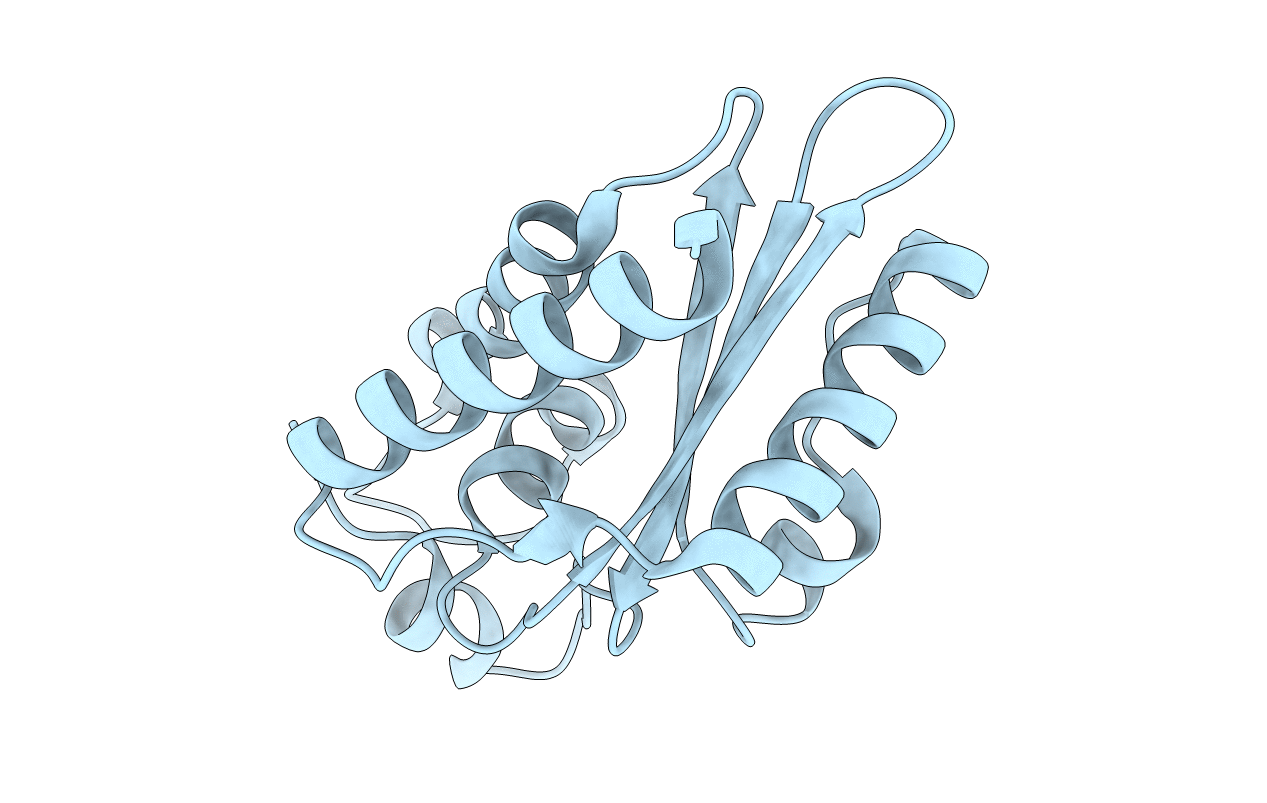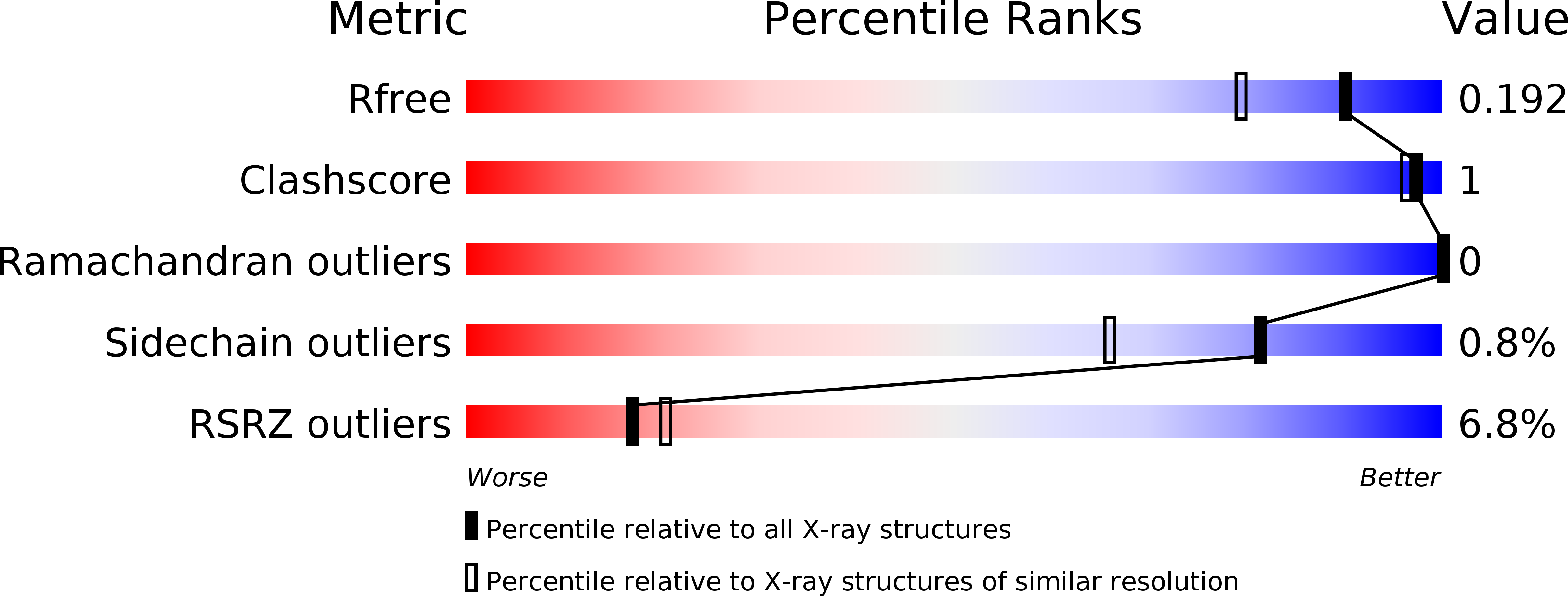
Deposition Date
2004-03-08
Release Date
2004-09-14
Last Version Date
2025-03-26
Method Details:
Experimental Method:
Resolution:
1.55 Å
R-Value Free:
0.19
R-Value Work:
0.18
Space Group:
P 31 2 1


